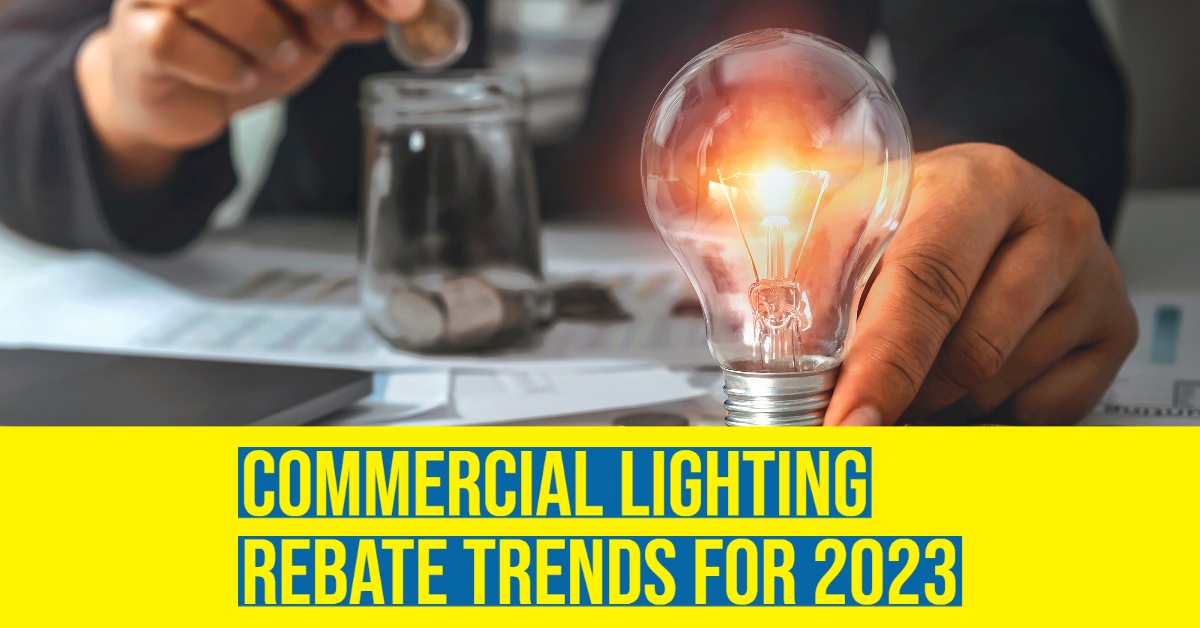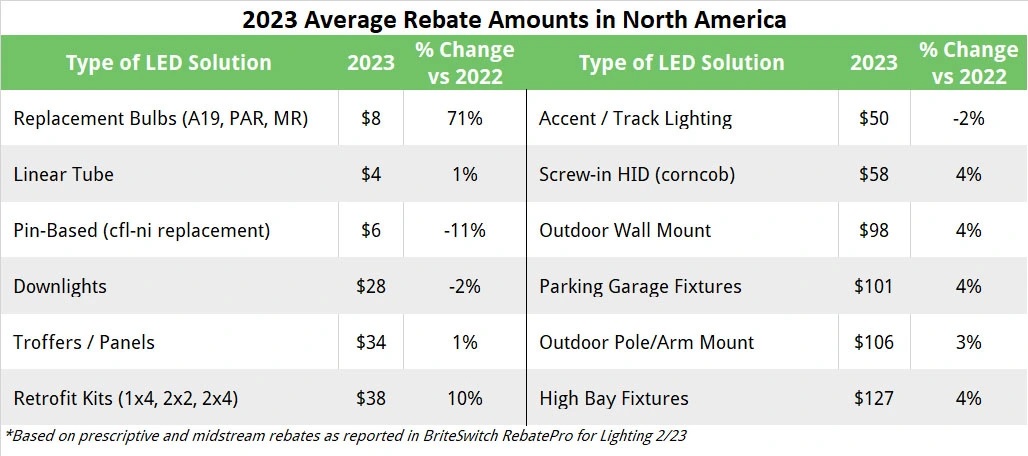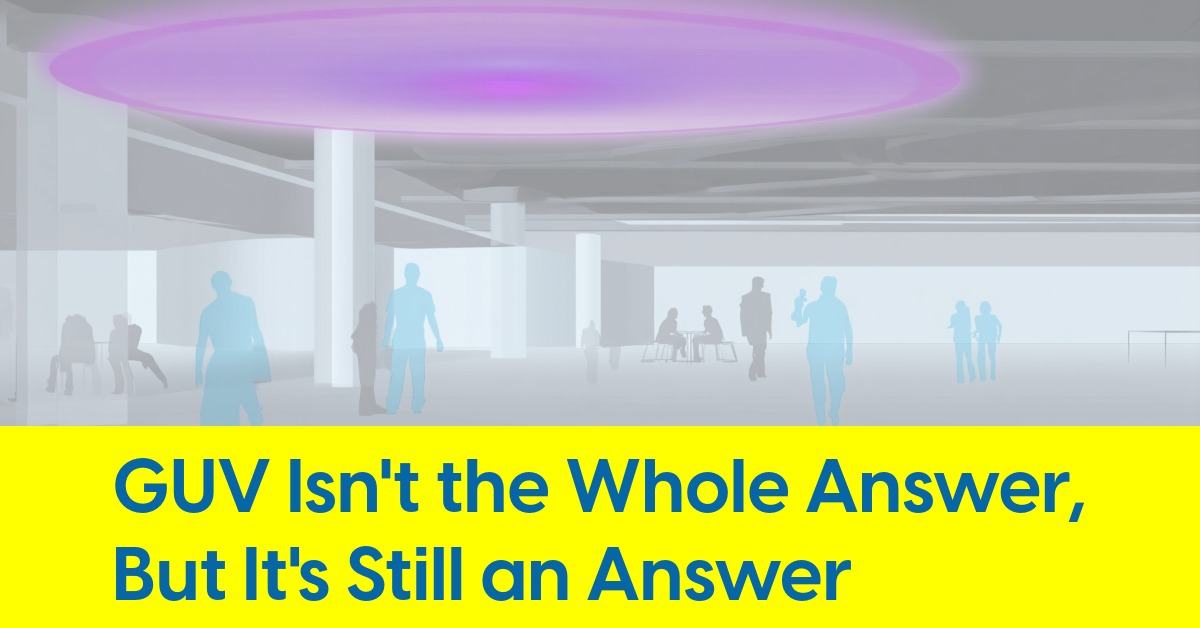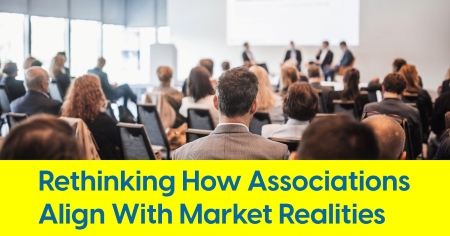So, what are the latest trends in commercial lighting rebates for 2023? We'll explore some of the key developments in this space and discuss how businesses can position themselves to take advantage of these trends.
-
Over 3/4 of the US Has a Commercial Lighting Rebate Program
-
A Big Change for Screw-in / General Service Lamps
-
Rebate Amounts Stay Relatively Flat Across All Other Categories
-
Programs Are Getting Harder to Use
Over 3/4 of the US Has a Commercial Lighting Rebate Program
At the start of 2023, 78% of the US has a commercial lighting rebate program available. That's consistent with the past few years and just shy of the record of 79% we saw back in 2017.
Looking across the country, we haven't seen any dramatic change in areas discontinuing or starting new programs. As we've seen in the past, the most robust programs are still in the Northeast and Northwest, while states like Ohio, Kansas and North Dakota offer no rebates.
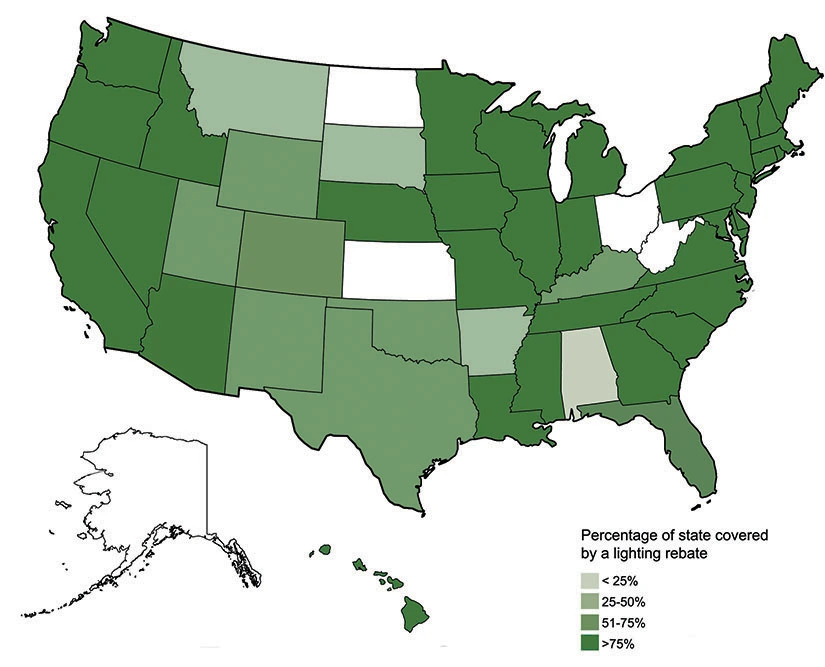
It's interesting to see that the top 3 most populated states, California, Florida and Texas, also have some of the lowest rebate potential. While all three states appear green in the map above, the programs there are so restrictive that they offer little value for most projects. For example, Florida Power & Light, the largest utility in FL, limits the program to only a handful of fixture types. Also, their amounts are very low; their highbay rebate is 10% of the national average.
See the current rebate climate map and how it has changed over the past 15 years
A Big Change for Screw-in / General Service Lamps
The most significant change for rebate programs in 2023 is in response to the Energy Independence and Security Act (EISA). Phase 2 of that legislation will go into full effect in July and will increase the minimum efficacy requirement of many general service lamps, like A19s and PARs, to 45 lumens per watt. That significantly changes the marketplace and has created two big changes with rebate programs.
